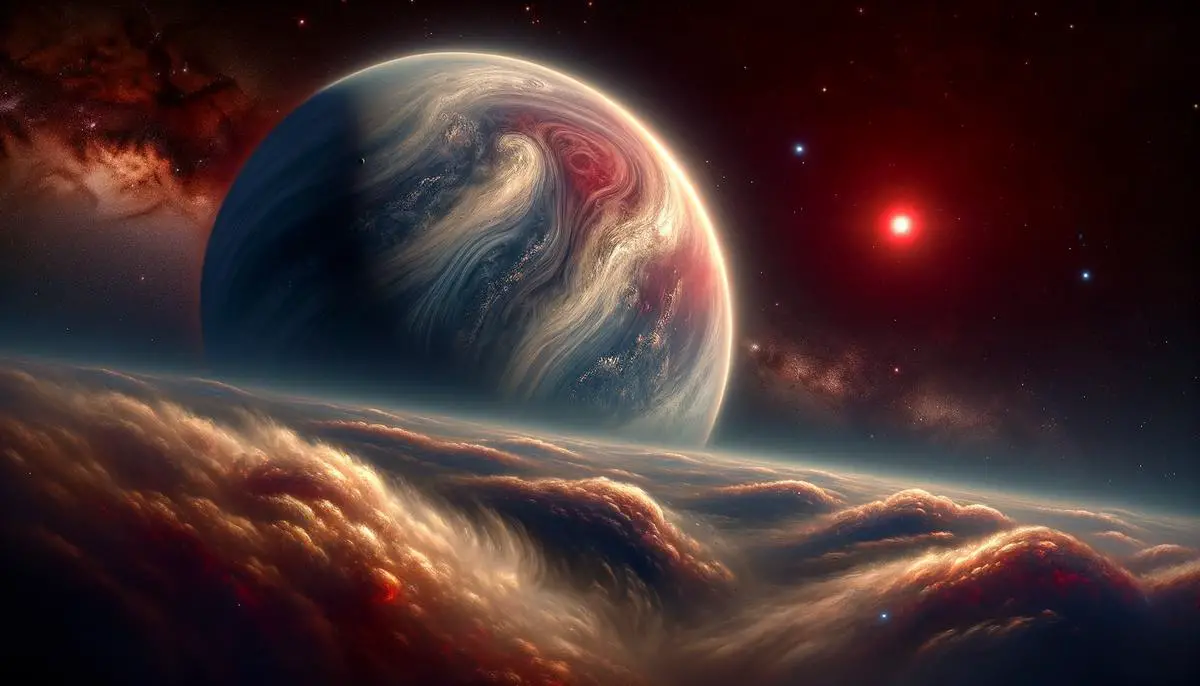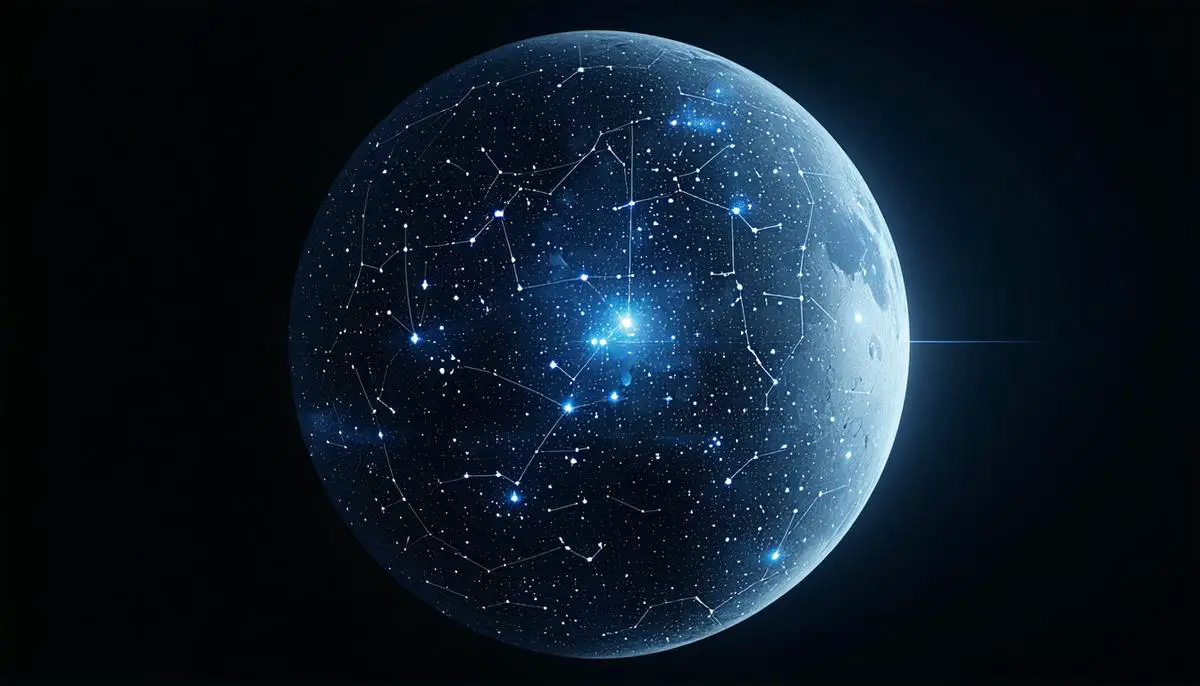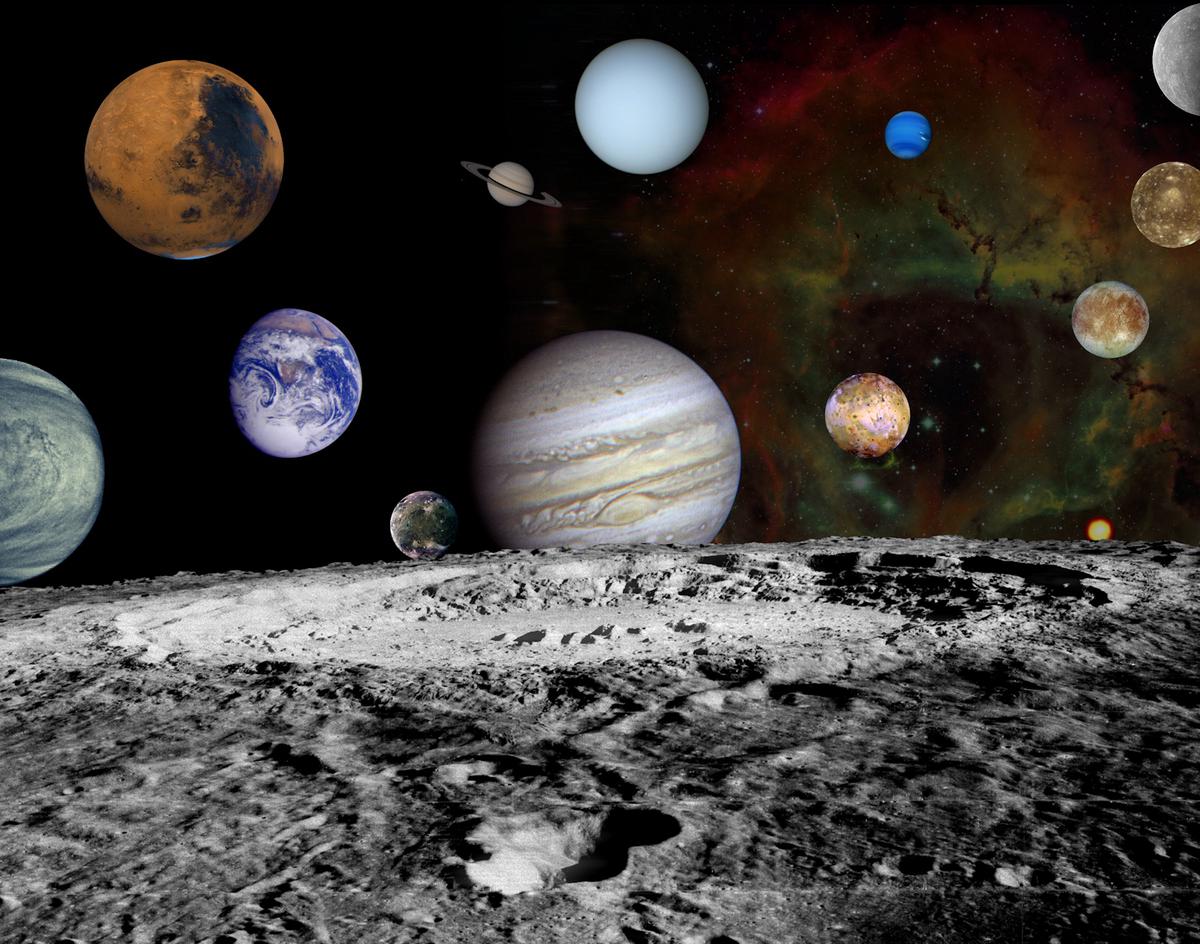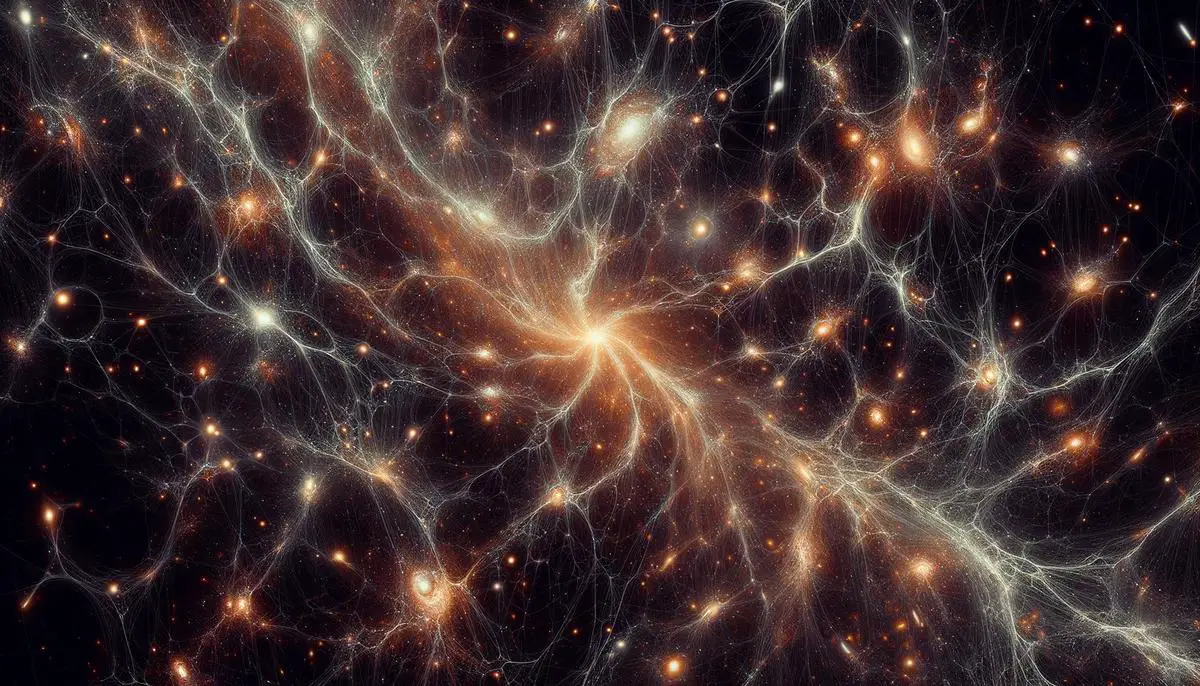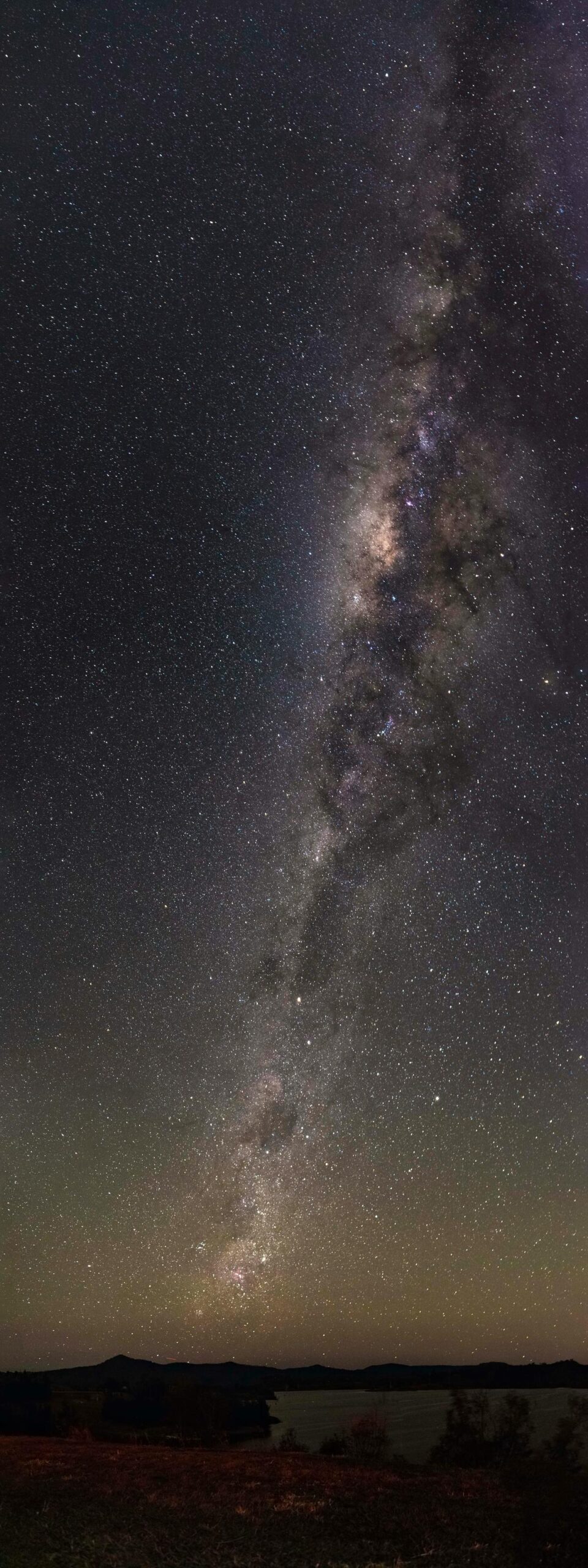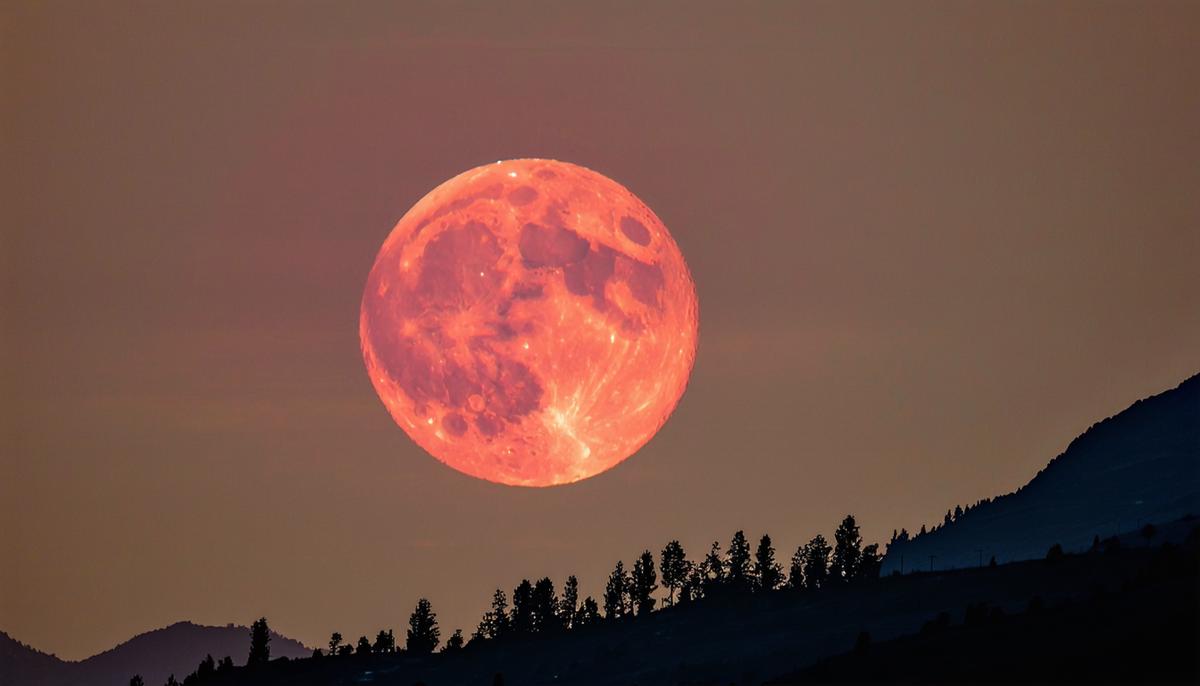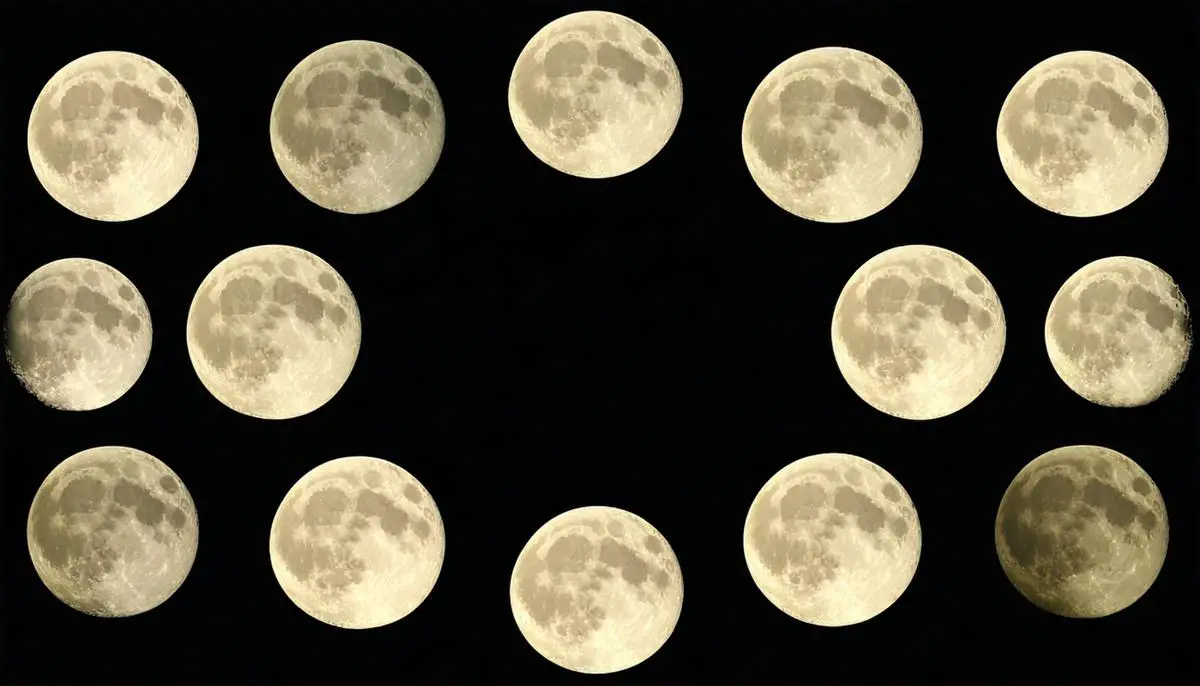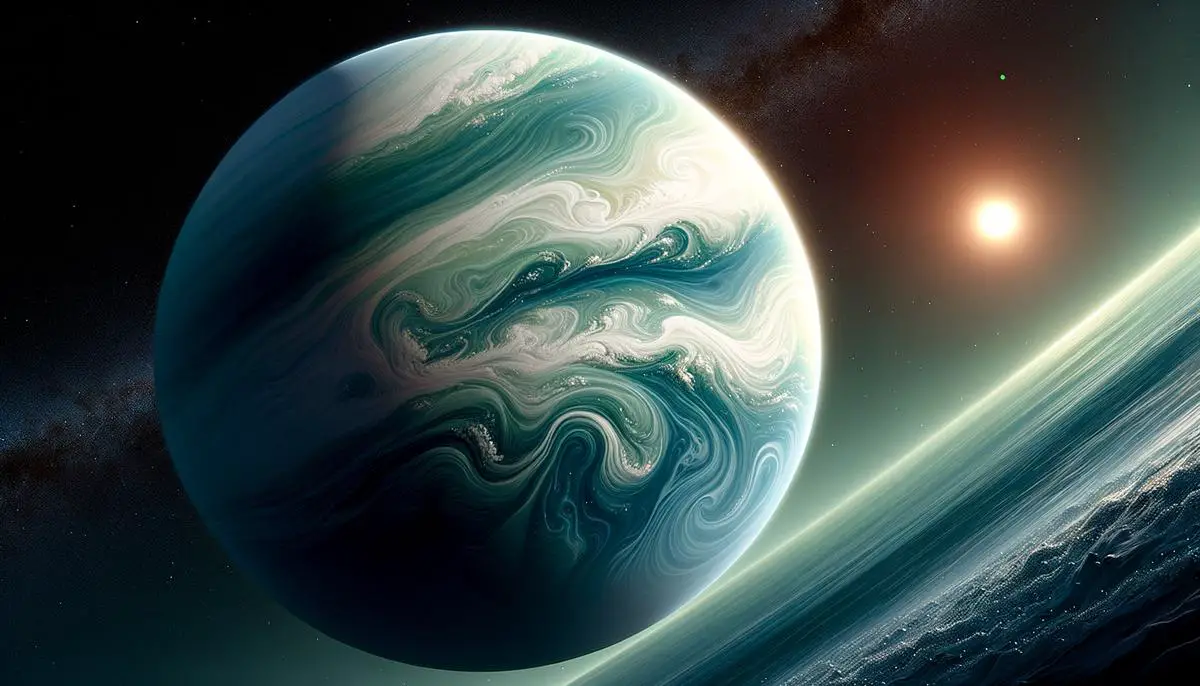Detection of Dimethyl Sulfide (DMS) The James Webb Space Telescope (JWST) has revealed intriguing observations suggesting the presence of dimethyl sulfide (DMS) in the atmosphere of exoplanet K2-18b. Using the telescope's Mid-Infrared Instrument (MIRI), scientists have detected this molecule, often linked with biological activity on Earth, presenting an exciting yet […]
![]()
